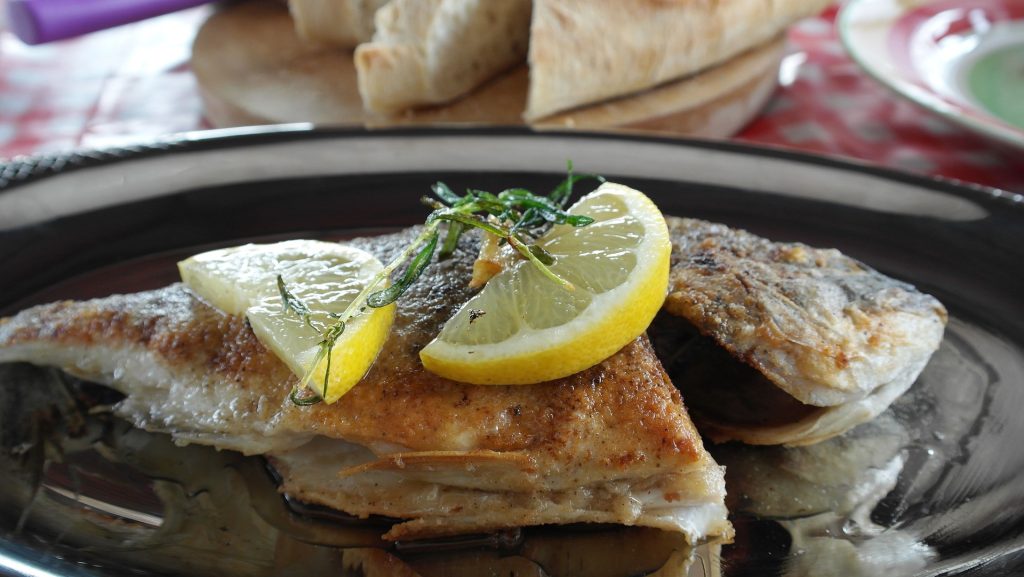September the 10th, 2023 – When it comes to edible Croatian fish, the list can get rather long. With every coastal restaurant serving typically freshly caught Adriatic fish, it’s important to know which ones always sell out quickly amid the summer crowds.
Orada (Gilt head or sea bream)
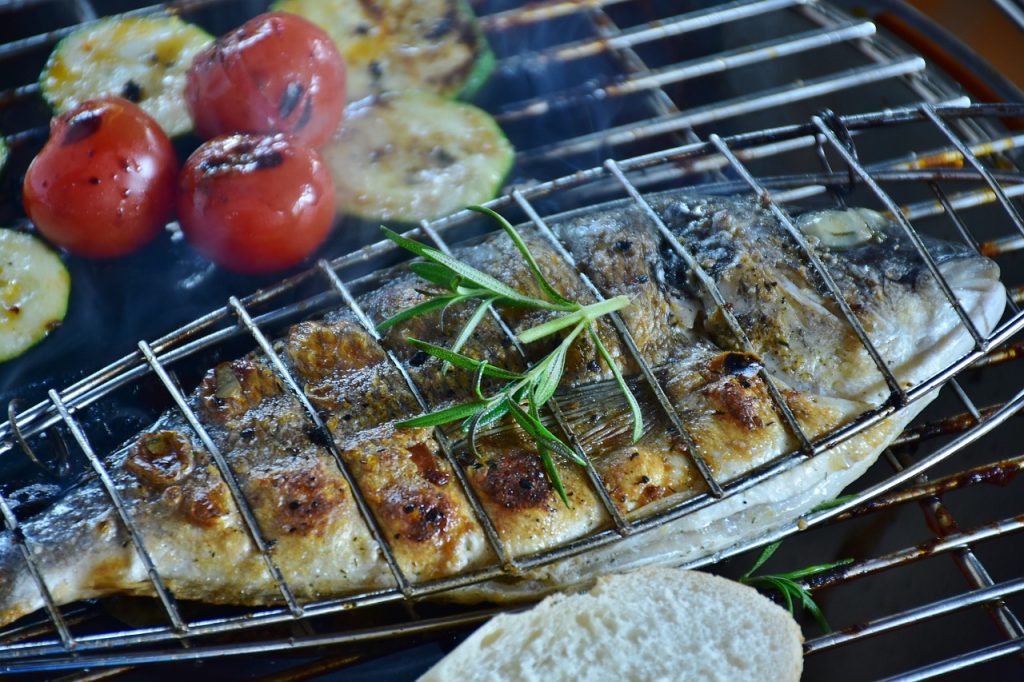
Orada is a staple on just about every menu you’ll pick up up and down the coast, from the very northern parts of the Istrian peninsula, all the way down to the extreme south of Dalmatia (Konavle). This popular edible Croatian fish belongs to the Perch order and is widespread throughout the eastern region of the Atlantic Ocean and the Mediterranean Sea. Typically growing to a length of around 35 centimetres (but sometimes significantly bigger), this ”queen of the Adriatic” tends to live at around twenty metres deep, heading deeper down during the winter period. When out of the water and on the plate, orada is typically served with potatoes and Swiss chard (krumpir, blitva).
Brancin (Sea bass)
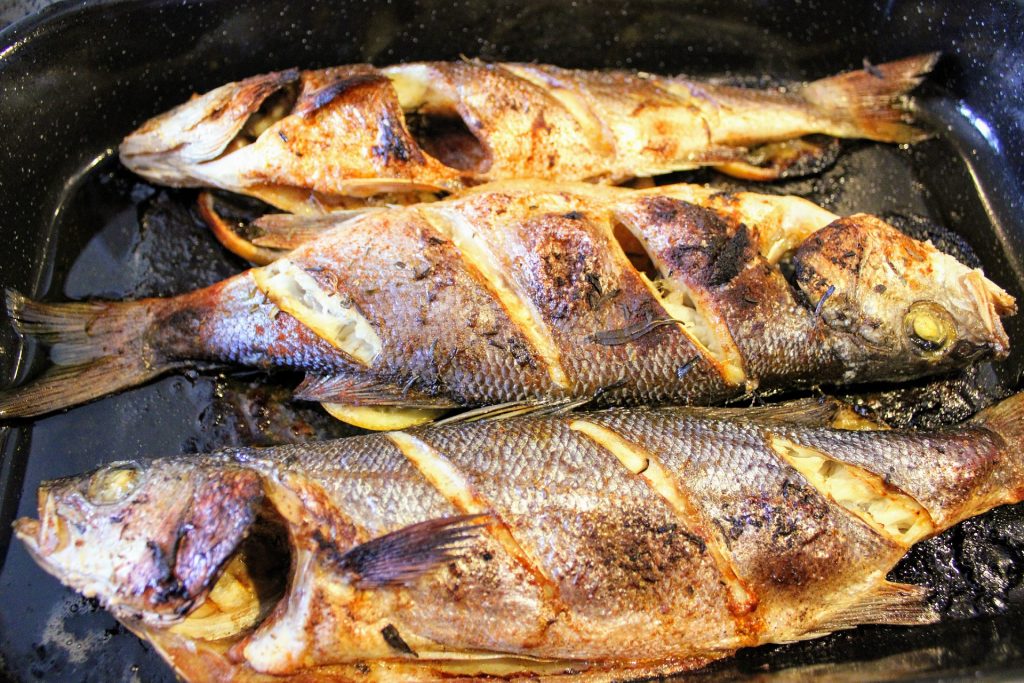
Known for its mild flavour, the sea bass is another popular addition to any seafood dish served in Croatia, particularly on the coast. Typically grilled and also served with chard and potatoes, sea bass is flaky and has very soft meat. Many claim that the best sea bass is caught off the Istrian coast, but Dalmatians would naturally disagree. With the European sea bass widely considered to be among the most important fish living in the Mediterranean, there’s no shortage of them served freshly on the plates of hungry restaurant-goers.
Srdela (European pilchard)
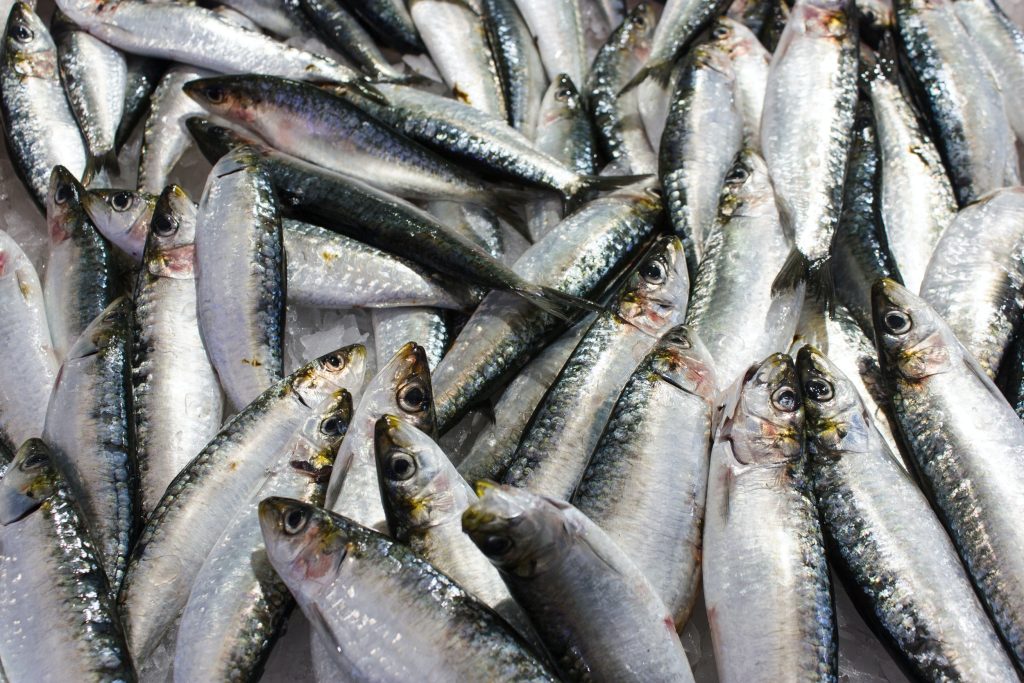
These tasty little fish are a staple on any coastal Croatian menu, and these ray-finned fish belonging to the sardina genus are particularly glorified in Dalmatia. They’re available throughout the entire year and are prepared in a multitude of different ways. Of course, as with more or less everything else in Dalmatia, it’s typically grilled, but it can also be fried, marinated and salted. Sardines and pilchards are actually the same thing, with the former being smaller and the latter being larger. Enjoyed as a salty snack by fishermen and their families across Dalmatia for countless generations, they’re often served grilled with paprika, lemon and garlic.
Kovač (John Dory)
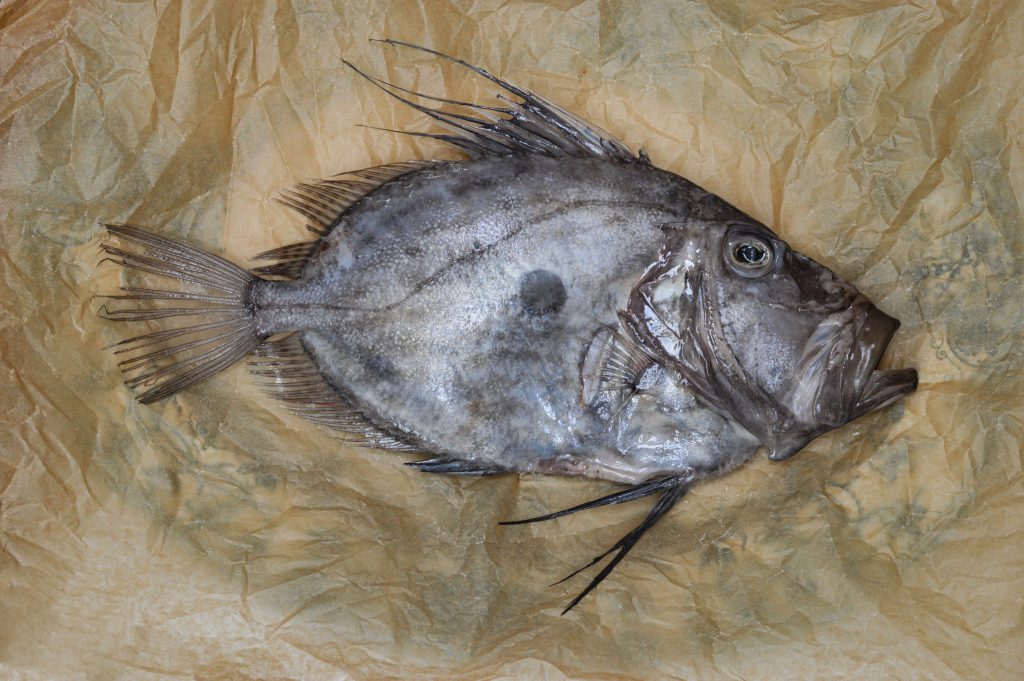
Also called Peter’s fish or St. Pierre in English, or alternatively Šanpjer in Croatian, the John Dory is a popular fish on most Croatian menus. This top edible Croatian fish is characterised by its unusual long spines dotted along its dorsal fin, and a laterally compressed body. Facially, it certainly isn’t going to win any marine beauty contests, but its taste is considered to be second to none by many seafood lovers. This permanent resident of Croatian waters is typically filleted, grilled and drizzled with mouthwatering locally made Dalmatian (or Istrian) olive oil. With fresh vegetables usually coming alongside this dish, it’s a must try when in Croatia, and particularly on the cast (as it’s likely been caught that day).
Grdobina (Monkfish)
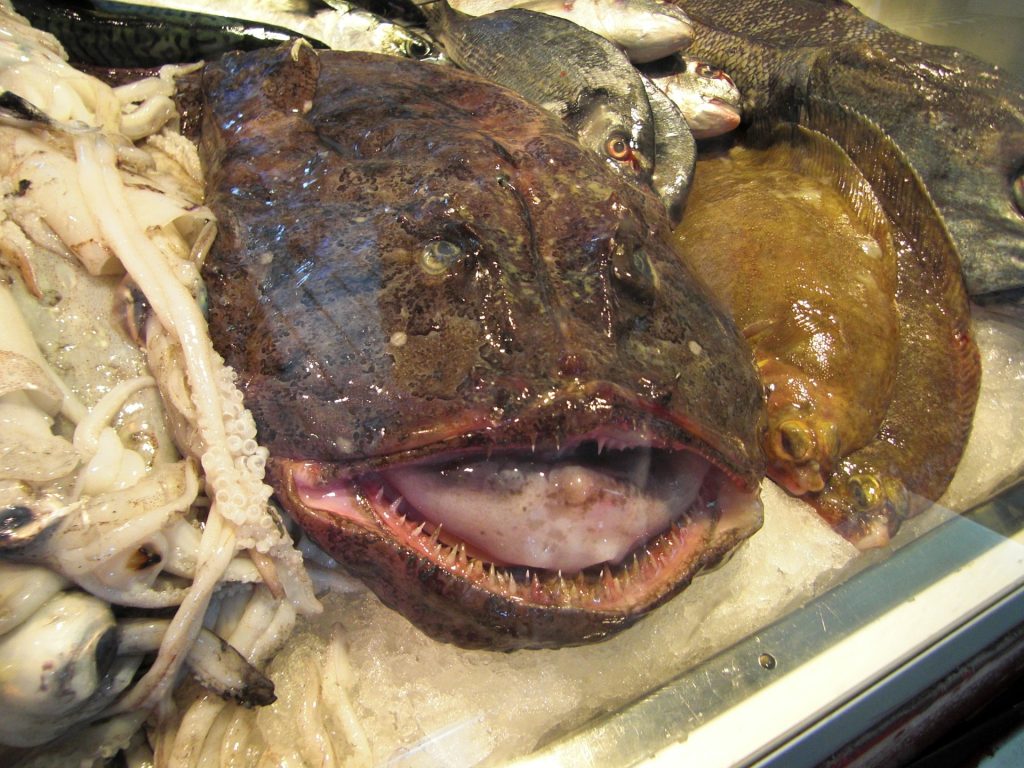
What to say about the, erm, rather curious looking monkfish? In short, a bit like the John Dory on steroids, it isn’t the looker of the bunch. This oddly flat, wide-mouthed, rag-toothed, frog-like sea creature makes up for its shortcomings in the looks department once it hits your plate. The monkfish is a staple on most menus and has firmly earned its place in the world of Croatian cooking, especially down by the coast. Often thrown into Dalmatia’s popular gregada fish stew owing to its lack of bones, the monkfish is known for its meaty white flesh that some even compare to the likes of lobster. When very fresh, it actually lacks the “fishiness” that one might logically expect, leading to it being given the nickname “the poor man’s lobster”.

